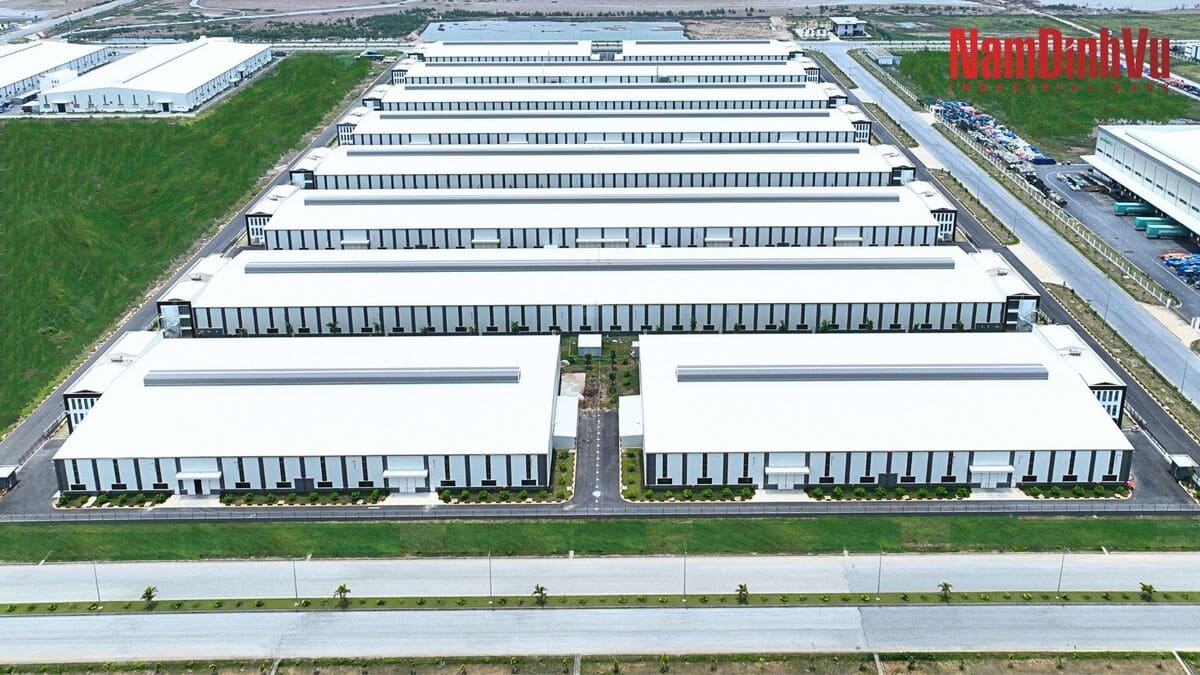Vietnam Factory Rental
Vietnam is strengthening its position as a manufacturing and supply chain hub in Asia, drawing steady attention from foreign companies. Rising industrial demand has fueled a vibrant factory rental market, especially in strategic provinces such as Bac Ninh, Hai Phong, Binh Duong, and Dong Nai. Understanding how prices are evolving and where opportunities lie is essential for businesses planning new production bases.
Market Snapshot and Growth Drivers (1)
Vietnam’s factory rental sector has maintained solid momentum, supported by foreign direct investment (FDI), e-commerce growth, and expanding industrial real estate. Occupancy rates remain high — typically between 80% and 90% in leading areas like Bac Ninh, Hai Phong, Binh Duong, and Dong Nai. This strong performance reflects investor confidence and highlights Vietnam’s role as a preferred destination for relocating supply chains.
In recent years, various industry reports have also noted a steady improvement in infrastructure, which further encourages long-term commitments from manufacturers. While short-term fluctuations may occur, overall sentiment in the market remains broadly optimistic. It is also worth mentioning that many observers see opportunities for innovation as businesses adopt greener practices in their operations.
Rental Price Outlook for 2025 (2)
Average rents for ready-built factories (RBFs) continue to increase across the country. In the North, prices hover around about US$4.8–4.9/m²/month, while the South records slightly higher levels, roughly US$5/m²/month. Long-term leases on industrial land show similar trends, ranging from US$132–139/m²/term in the North and US$183–189/m²/term in the South. These figures reflect a healthy appetite for industrial assets among investors and tenants alike, suggesting sustained confidence in Vietnam’s manufacturing outlook.
Analysts anticipate annual growth of 7–9% annually in 2025, depending on local demand and development pipelines, reinforcing the importance of early planning for tenants. Some reports also point out that supporting services, such as logistics and warehousing, often evolve alongside rental growth, creating a more comprehensive industrial ecosystem. While short-term market shifts may occur, the overall trajectory remains positive, giving both landlords and occupiers more reason to focus on long-term strategies.

The Appeal of Ready-Built Factories (3)
RBFs have become a preferred choice for many enterprises, from SMEs to multinational investors. Their key advantages include:
- Fast setup: Businesses can begin operations without the delays associated with building new facilities, which is particularly useful in competitive markets where timing matters.
- Lower upfront costs: Infrastructure such as electricity, water, and access roads is already installed, allowing companies to save capital for other priorities or unexpected needs.
- Value-added services: Security, logistics, fire protection, and legal support simplify day-to-day operations, helping teams focus on production and growth rather than administrative concerns.
- Flexible leases: Short- or mid-term contracts give firms room to scale or adjust production as needed, making it easier to react to shifting customer demand or seasonal peaks.
By minimizing initial investment and shortening lead times, ready-built factories provide a practical path to market entry or expansion. They also create an environment where businesses can test new strategies or pilot projects without being tied to long construction schedules, giving decision-makers more room to explore opportunities.
Regional Hotspots for Factory Leasing (4)
Northern Vietnam – Provinces such as Bac Ninh, Hai Phong, Hung Yen, and Ha Nam combine proximity to China, seaport access, and reliable transport links. RBF rents in this region generally range between US$4.5 and US$5/m²/month. Many companies also appreciate the region’s growing ecosystem of suppliers, which makes coordination and daily operations more convenient.
Southern Vietnam – Binh Duong, Dong Nai, and Long An stand out for their skilled workforce and strong connectivity to Ho Chi Minh City, airports, and deep-water ports. Average prices hover around US$5/m²/month. Businesses in this area often benefit from a wide range of service providers, which can support everything from logistics to workforce training.
Central Vietnam – Areas like Nghe An, Da Nang, and Quang Nam offer competitive costs and an expanding industrial base. Although rates are lower than in the North or South, these provinces provide promising opportunities for manufacturers prioritizing affordability while maintaining room for growth. Investors also note that the region’s steady pace of development creates a calm environment for long-term planning.
In conclusion, Vietnam’s factory rental market in 2025 demonstrates robust demand and healthy pricing momentum across all regions. Ready-built factories and industrial land leases present flexible, cost-efficient solutions for companies eager to scale production. By assessing location, rental structure, and value-added services, investors can secure facilities that support long-term success in one of Asia’s most dynamic industrial landscapes.
Source:
(1), (2). Vietnamnet
(3). The Investors
(4). VIR
